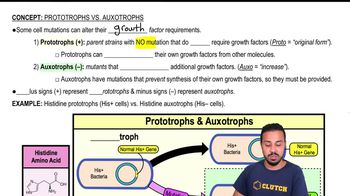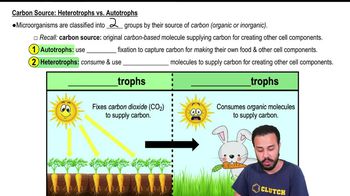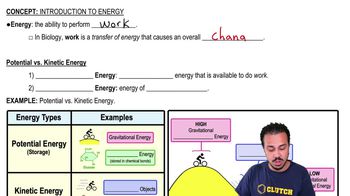Which of the following is the best definition of the Krebs cycle?
a. the oxidation of pyruvic acid
b. the way cells produce CO₂
c. a series of chemical reactions in which NADH is produced from the oxidation of pyruvic acid
d. a method of producing ATP by phosphorylating ADP
e. a series of chemical reactions in which ATP is produced from the oxidation of pyruvic acid




